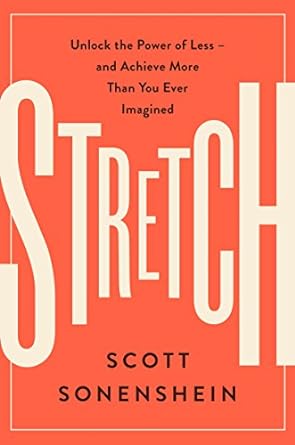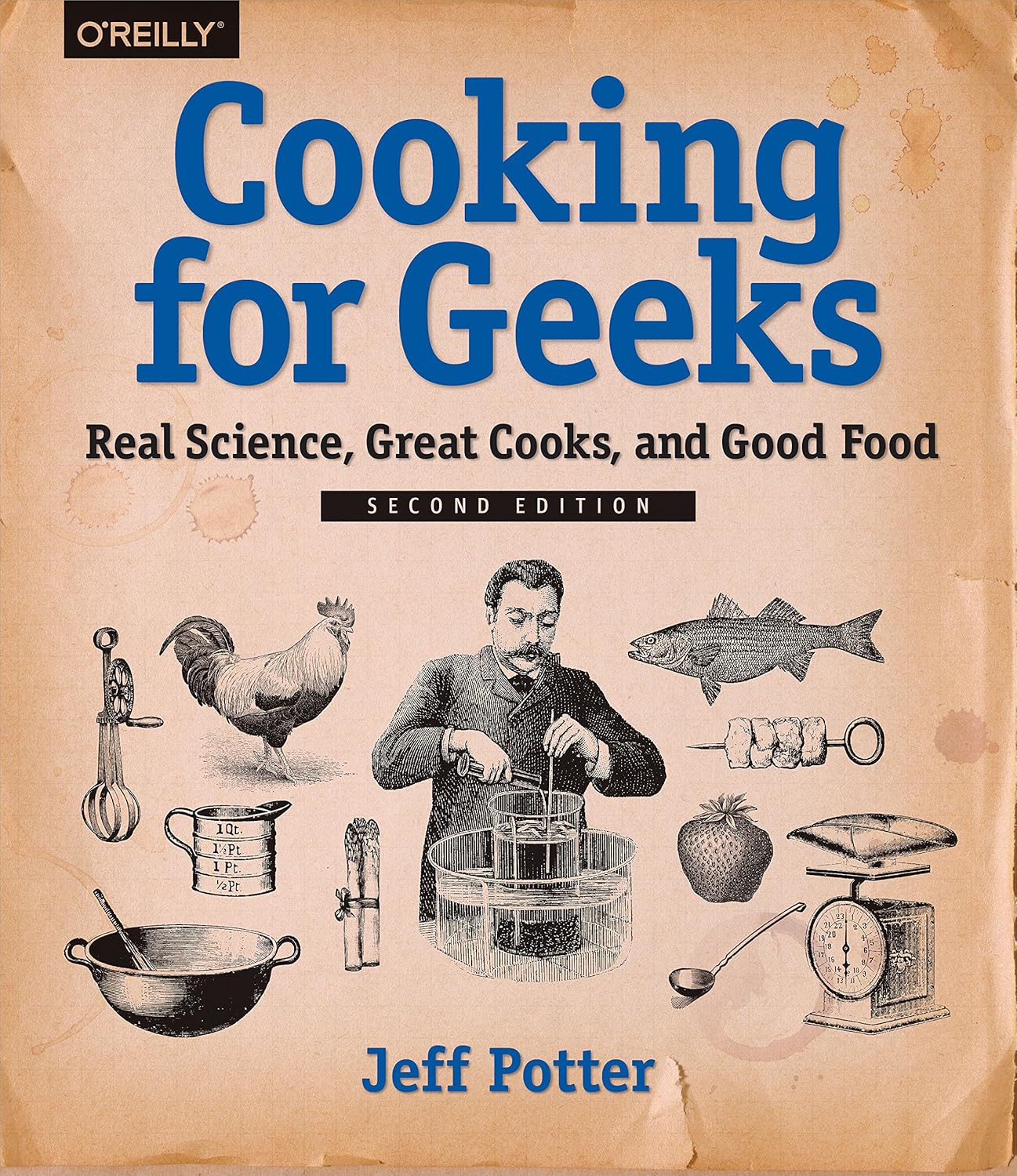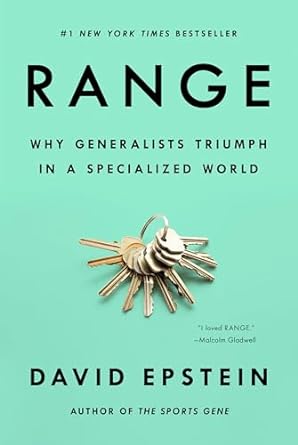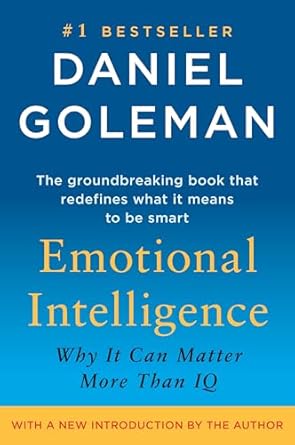Functional Fixedness
The tendency for people to view things only for their traditional or common purpose and therefore unable to see new ways of using things.
Key Insights & Principles
Creativity & Problem Solving
Insights:- We have a tendency to consider only the traditional function of resources.
- As we age, we are more tied to convention or our own patterns, and find it harder to be creative with uses for things.
- Functional fixedness can lead us to trying to acquire more and more resources, without getting things done with what we have.
- Often it is not more resources that we need to solve problems, but a different way of looking at what we already have.
- Ask: "If you didn't know what this item is for, what else could you do with it?"
- Break problems and resources down into their raw parts and explore different possibilities for solutions.






